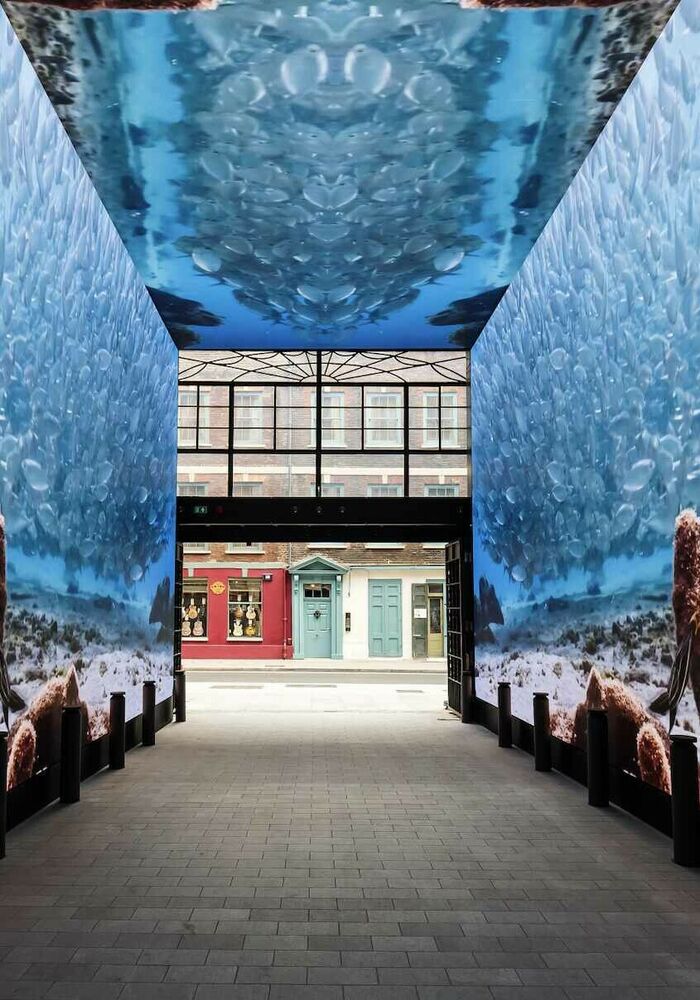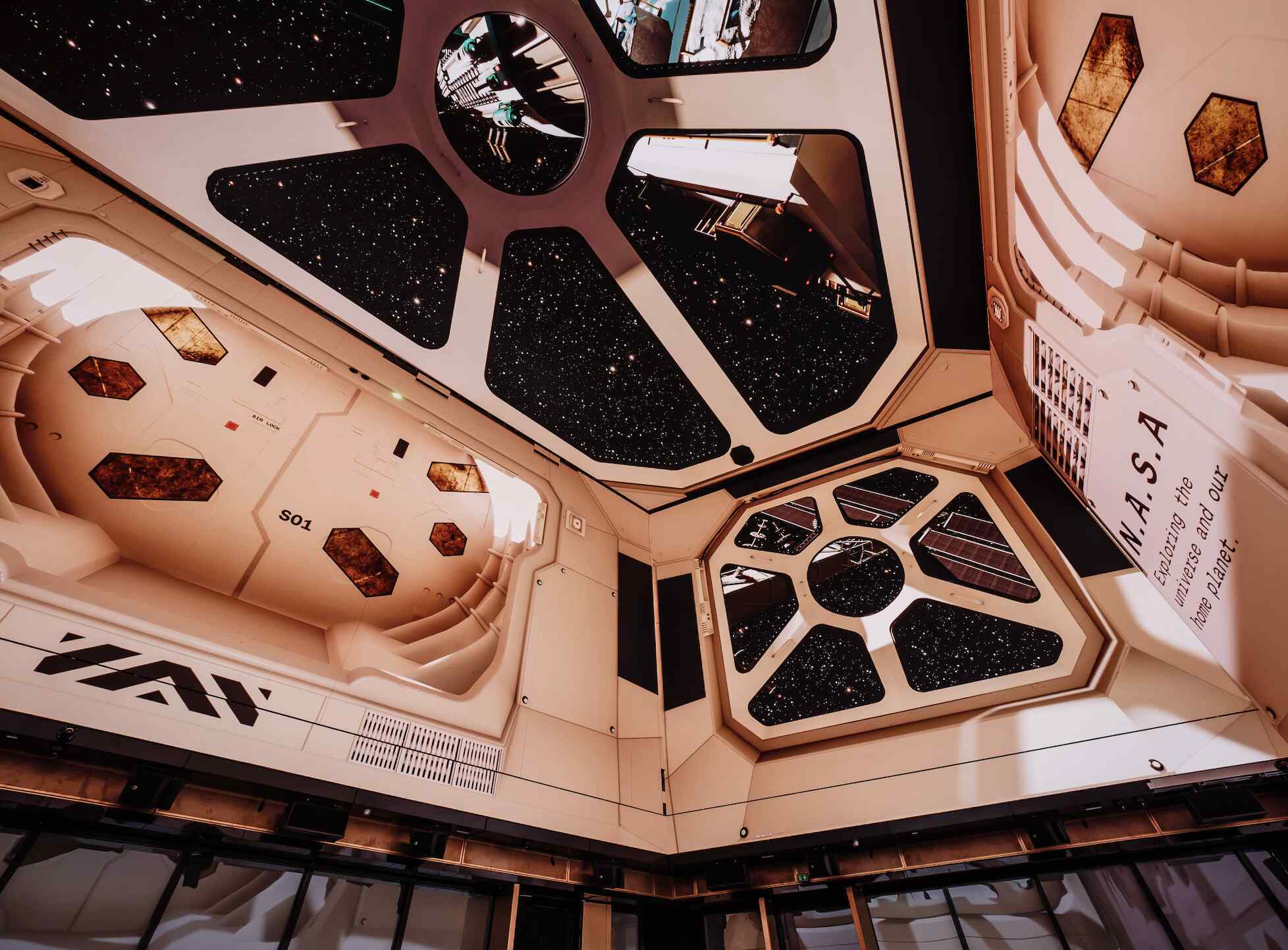Outernet chief technology officer, Mike Whittaker, has spoken to Headliner about London’s ground-breaking new immersive, multi-purpose Outernet space, the opportunities it offers creatives, and the L-Acoustics system that is so central to its audio element.
Outernet London an immersive atrium, complete with the largest deployment of video screens in the world at the entrance of Tottenham Court Road tube station. The project also incorporates the opening of a new 2,000-capacity multi-purpose entertainment venue, the restoration of the iconic 12 Bar Club, as well as a new music-driven focus on the area’s surrounding retail outlets, celebrating the location’s storied musical history.
Working closely with the UK music industry, Outernet has teamed up with the BPI (organiser of the BRITs) in a partnership that will see BPI-related music and video content beamed onto the vast screens in the Tottenham Court Road atrium. This content, along with content curated by Outernet and its various partners, will run throughout the day and the evening. According to Outernet, projected footfall for this space is in the region of 400,000 per day.
Speaking to Headliner earlier this year, Outernet CEO Philip O’Ferrall made clear his intention preserve and nurture the location’s musical heritage.
“It's absolutely our core focus to retain and breathe more life back into the music district,” he said. “And we've demonstrated that by firstly keeping and adding music retail to Denmark Street and we've removed some of the shops over the years that were not in the music sector. There was a bookies and a hairdressers that are leaving the site, and instead we bought in a tattoo shop, which we sort of put in the music category. Roland pianos just came back to the street very recently, so our intention is to keep fostering Denmark Street as the home of British music. And, as you’ll have seen through our partnerships with the BPI and launching the Brit Studio on Denmark Street, there is a massive commitment from us to the live music scene.”
For CTO Whittaker, who was tasked with assembling a team to handle the full tech spec for Outernet, the first task was to fully grasp precisely what the space required.
“The key was understanding the requirements and the tech stack for this weird and wacky space,” he explains. “It’s been designed from the ground up very much as a multi-purpose space. It’s not just an event space, or an art gallery, or a retail space, it’s all of those things. I’ve been overseeing the design, the build and now the operation.”
Despite the striking visual nature of the project, a top of the range audio component was always going to paramount.
“I have a background as an audio engineer, so for me the audio has to be equal,” he states. “It’s very easy to make things all about the visuals, but it’s the audio that is going to lift the audio off the screen; it’s the audio that is going to lift the hairs on the back of your neck. That is what is going to add that true sensory dimension.




